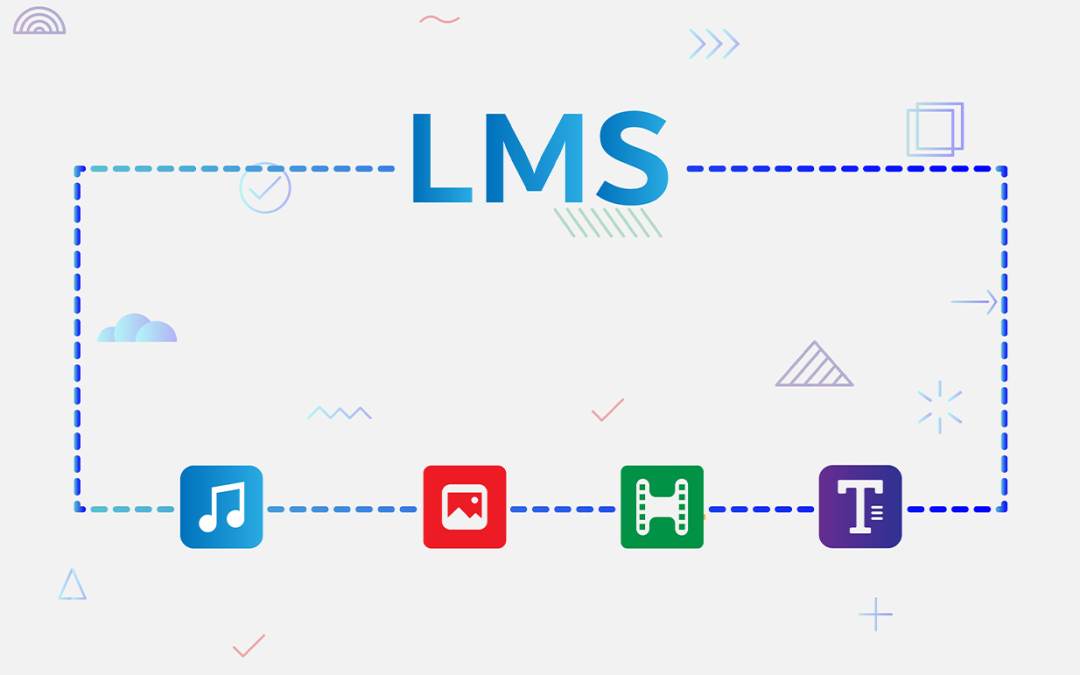SCORM (Sharable Content Object Reference Model) sets standards and specifications for e-learning content, enabling interoperability between learning management systems (LMS). SCORM specifies how e-learning content should be packaged, delivered, and tracked, ensuring it can be easily shared and reused across different platforms. To achieve this, SCORM defines a runtime environment that provides functions and services that enable communication between the e-learning content and the LMS. This blog post will introduce the SCORM runtime environment and how it works.
The SCORM Runtime Environment
The SCORM runtime environment consists of JavaScript functions and services that enable communication between the e-learning content and the LMS. The SCORM API (Application Programming Interface) defines these functions and services, a set of rules and guidelines that dictate how the content and LMS should communicate.
The SCORM runtime environment is responsible for managing the communication between the e-learning content and the LMS, tracking learner progress and performance, and providing feedback to the learner. The following are some of the key components of the SCORM runtime environment:
API Wrapper
The API wrapper is a JavaScript file that interfaces the e-learning content and the SCORM API. It provides functions that allow the content to communicate with the LMS using the SCORM API. The API wrapper is typically included in the e-learning content package and is loaded when the content is launched.
SCORM API
The SCORM API is a set of JavaScript functions and services that enable communication between the e-learning content and the LMS. It provides functions for initializing the content, tracking learner progress, and reporting data to the LMS. The LMS implements the SCORM API and is accessed by the e-learning content through the API wrapper.
Data Model
The data model is a set of rules and guidelines that dictate how learner progress and performance should be tracked and reported to the LMS. The data model defines a set of data elements, such as completion status, score, and time spent, that can be used to track learner progress and performance. The data model is implemented by the LMS and is accessed by the e-learning content through the SCORM API.
Sequencing and Navigation
The sequencing and navigation rules dictate how learners navigate the e-learning content. This includes defining the order in which the content should be presented and any prerequisites or dependencies that must be met before progressing to the next piece of content. The sequencing and navigation rules are implemented by the e-learning content and are accessed by the LMS through the SCORM API.
How the SCORM Runtime Environment Works
When the e-learning content is launched, the API wrapper is loaded and initializes the SCORM API. The SCORM API then communicates with the LMS to establish a connection and initialize the data model. Once the data model is initialized, the e-learning content can track learner progress and performance using the SCORM API.
As the learner interacts with the e-learning content, the content uses the SCORM API to track their progress and performance. This includes updating the completion status, tracking their score, and recording the time spent on each activity. The e-learning content can also use sequencing and navigation rules to control how the learner progresses through the content.
As the learner progresses through the content, the SCORM API reports their progress and performance data to the LMS. The LMS uses this data to track learner progress and provide feedback and support to the learner. The LMS can also use the data to generate reports and analytics on learner performance.
The SCORM runtime environment is designed to be flexible and extensible, allowing e-learning content and LMS developers to customize and extend the functionality as needed. This includes defining custom data elements and interactions and incorporating new technologies and standards into the runtime environment.
The Takeaway
In conclusion, the SCORM runtime environment provides a standardized and interoperable way for e-learning content and LMS systems to communicate. It defines a set of rules and guidelines for tracking learner progress and performance, providing feedback and support, and reporting data to the LMS. The runtime environment is implemented through the SCORM API, which provides functions and services for interacting with the LMS. As e-learning continues to evolve, the SCORM runtime environment remains an important standard for ensuring the compatibility and interoperability of e-learning content across different platforms and systems.

